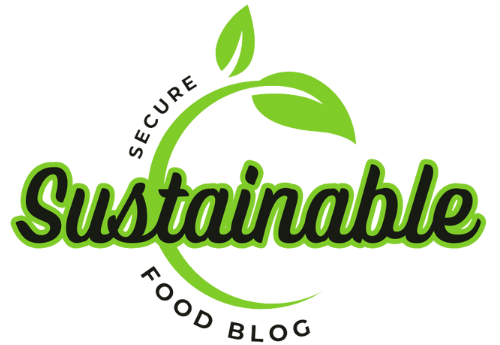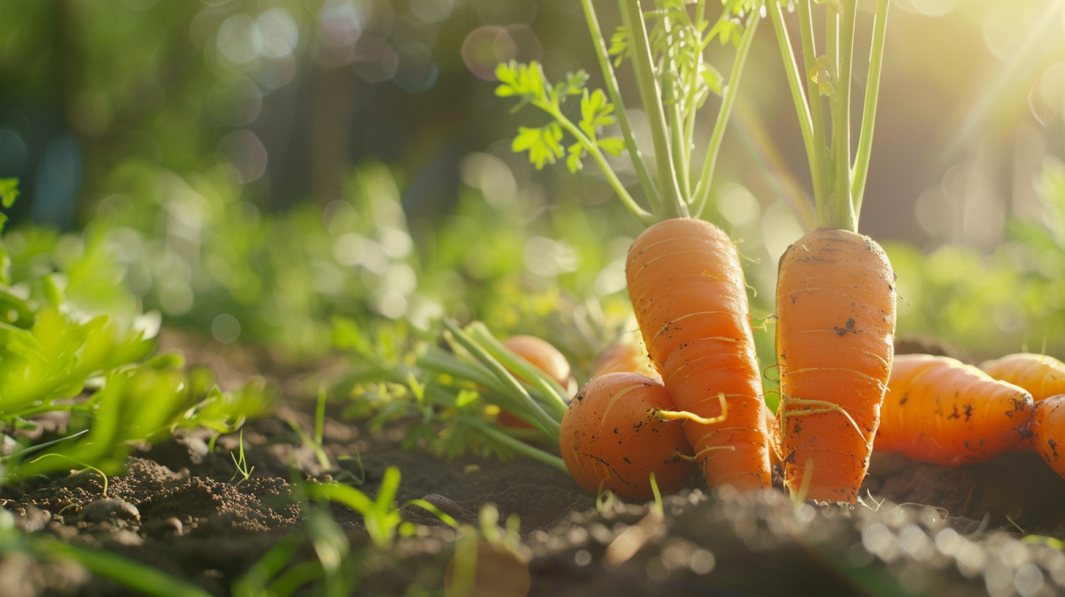Harvesting carrots at their peak is important if you want to enjoy that fresh, sweet flavor. Here’s a quick rundown of what you need to know to get the best harvest.
There are a few key factors that determine how fast carrots finish growing. Access to sunlight, soil health, and regular water play major roles. In most cases, you will have to wait for around 70 days.
Signs of Maturity
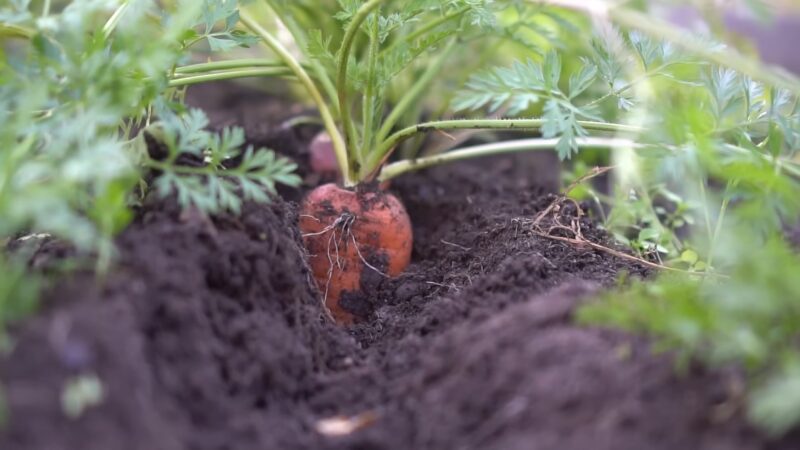
The carrots themselves will give you the clearest signs of when they’re ready to pick. As they get closer to maturity, keep an eye on both the size and color of the greens poking out of the dirt.
- The thickness of the carrot top is between 3/4 to 1 inch.
- A vivid color, true to the carrot variety, signifies maturity and suggests high nutritional and flavor quality.
- Bright colors show the carrot has developed its fullest taste and is ready for consumption.
In Which Ways Can You Extract Carrots?
The first step when harvesting carrots is to gently loosen the soil surrounding the root. Using a gardening tool like a spade or trowel, the gardener carefully inserts it near the carrot to disrupt the tight packing of the earth.
Fun Fact: According to the report, the U.S. per capita consumption of fresh carrots amounted to approximately 8.4 pounds in 2022.
Collect Different Types at Different Times
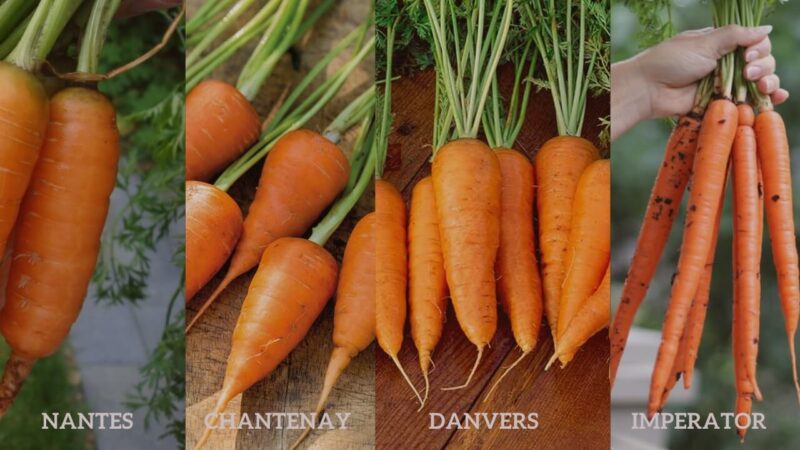
Different types of carrots also grow at a different pace.
For instance, early-season varieties, such as ‘Nantes’ and ‘Chantenay,’ are designed to reach maturity quickly, and maincrop varieties like ‘Danvers’ and ‘Imperator’ take longer. Check out the table below for maturity timeframes.
| Variety Type | Examples | Maturity Timeframe | Characteristics |
|---|---|---|---|
| Early-Season | Nantes, Chantenay | 50-70 days | Quick to mature, suitable for short seasons |
| Maincrop | Danvers, Imperator | 70-80 days | Larger, more flavorful, requires patience and care |
It’s also important to consider the climate and soil conditions in your area, as these can influence the growth rate and quality of your carrots.
For example, plants grown in cooler, moist conditions may take longer to mature but can also develop a sweeter taste.
When considering other root vegetables like sweet potatoes, be mindful of their unique harvesting cues. Sweet potatoes often signal their readiness for harvest when the leaves start to yellow and die back.
Carrots planted in very hot, dry soils may finish growing faster than expected. However, if not collected soon after reaching sufficient size, there is a risk they could become woody or fibrous with diminished flavor.
Post-Harvest Preservation
After harvesting, you can store carrots in the soil if cold weather is approaching. However, if you choose to remove them from the ground, here’s how to store them:
- Trim off the greens, leaving about an inch to prevent the carrots from drying out.
- Place the plants in a container of water to keep them hydrated.
- Store the container in the refrigerator to maintain freshness.
This method can significantly extend the shelf life of your carrots, ensuring you have fresh produce for weeks.
Planting and Care Tips
For the best results, plant carrot seeds in early spring for an early summer harvest or late summer for a fall and early winter harvest. Carrots thrive in cool weather, making these the optimal planting times.
Germination and Watering
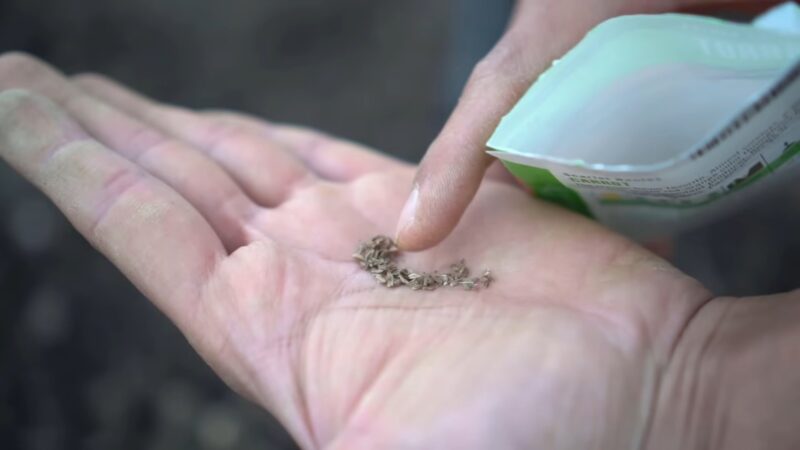
To help give them the best possible start, it pays to prepare the seeds ahead of planting. Doing a simple treatment, like soaking overnight in water, can boost germination success and foster strong early growth.
Once in the ground, carrots need steady watering to thrive.
Summary
Harvesting carrots at the right time and with the proper technique can greatly enhance your gardening experience.
Consistent care and attention to the specific needs will yield the best results.
